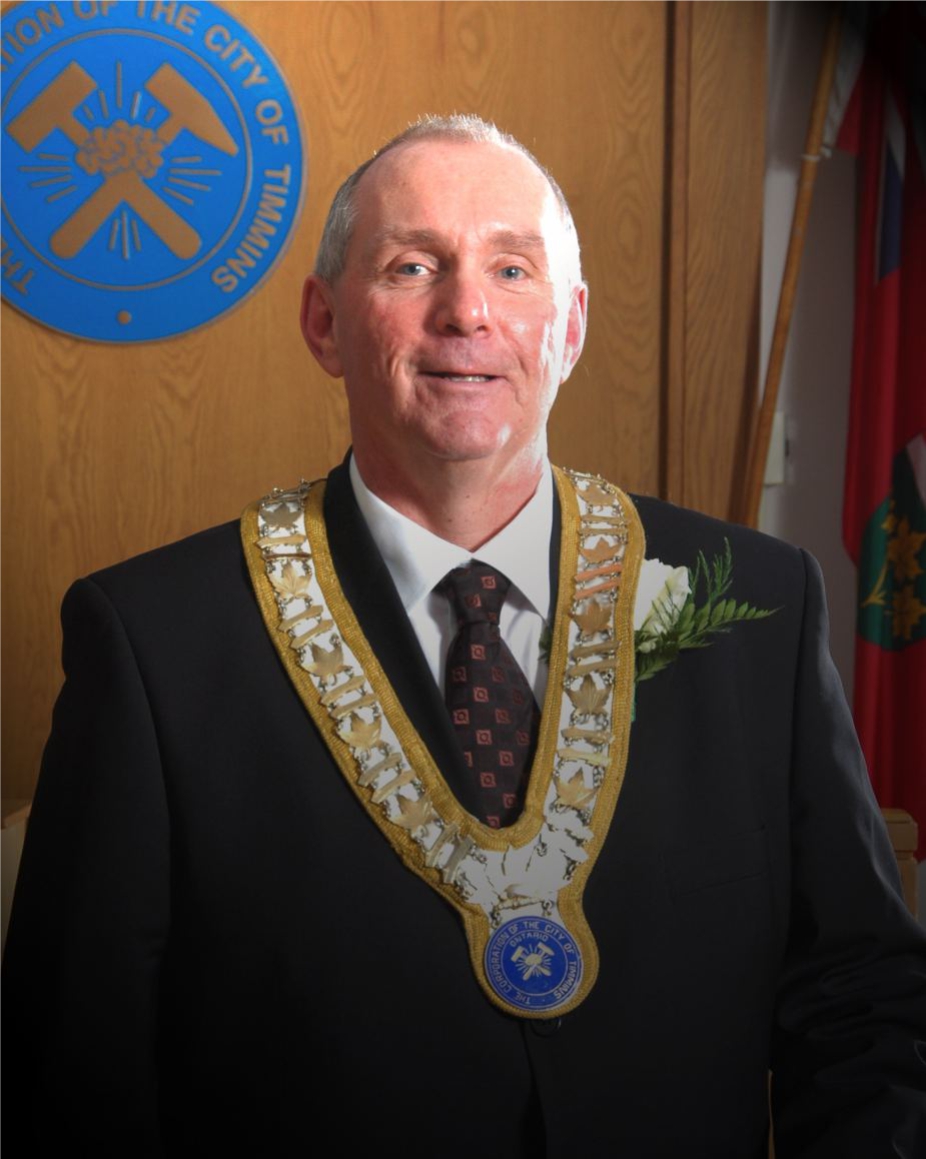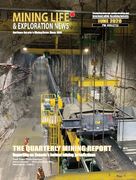100 YEAR GOLD RUSH FAR FROM OVER FOR CITY OF TIMMINS

The 100 Year Gold Rush that made Timmins and the other gold mining communities of Northeastern Ontario a vital part of the economy of Canada, as well as Ontario, is far from over.
“There is no end in sight,” says Timmins Mayor Tom Laughren.
“Since the Dome Gold Mine went into production in 1910, there have been several gold mines turning out gold bars every single year in Timmins. It is a historical record for North America that is added to daily.”
The mayor of the city of 43,100 people notes that the Dome is still a working mine. That also is a record for an individual mine. Timmins has adopted a motto, “The City With A Heart of Gold,” that has a double meaning: there is gold underneath its streets and its residents are known for having generous hearts when it comes to helping the misfortunate.
History notes that well known Gold Rushes, such as the California Rush lasted just nine years, 1848-1855, the British Columbia Rush was actually a series rushes, beginning in 1856 and ending in 1898 with the Cariboo Rush 1861-66 the most famous, and the Yukon’s Klondike Rush was just two years, 1896-98. Laughren says the Porcupine Gold Rush actually began in 1908 and gave birth to the world-famous Porcupine Gold Camp, a term still used in mining circles today.
(Although many junior companies use the name Timmins Gold Camp in order to ride the present fame of Timmins as home to both precious and base metal producers and singer Shania Twain)
Laughren maintains a Golden Triangle created by other mining camps, Matheson, Kirkland Lake, Matachewan and Larder Lake, along with the Porcupine Camp, has made Northeastern Ontario the largest gold producing region in the world.
“Various calculations place the total well over the 100 million ounce mark and many old camps are seeing new life these days as modern search techniques and new equipment lead to new finds almost monthly.
The plain truth is that experts believe there is as much or more gold in the ground yet as has been recovered to date.”
Laughren also praised the role of the individual prospector, saying prospectors found all the early mines, have been active in and around the city for nearly 105 years and remain in the field.
The mayor pointed to the Discover Abitibi Initiative (DAI), a multi-year federal-provincial program supported by the mining industry, several municipalities and individuals, which led to a vast increase in knowledge about the Abitibi Greenstone Belt, as important. The Belt has been the host to almost all of the mines discovered in Northeastern Ontario and Northwestern Quebec.
Since Timmins, Matheson and Kirkland Lake were home to a majority of the known mines, the Abitibi Initiative focused on an area encompassing them.
“About $14 million was spent and the 29 reports created led to about $38 million of exploration activity.
The DAI ran from 2001 to 2012 and at one point there were 90 companies conducting exploration in Northeastern Ontario, the majority in the DIA area.”
The data compiled by the DAI is still being used; in fact the mayor sees it being useful for many decades. The scientific knowledge gained will be a foundation for any future exploration theory in the Abitibi Greenstone Belt.
All of the information gathered under the DAI was released to the public and remains available.
Although the Timmins-Kirkland Lake corridor was considered the most explored area in Canada by the end of the 1990s, mining industry officials believed the surface had hardly been scratched. They convinced the federal and provincial governments that the latest scientific equipment and theories should be applied to the Greenstone Belt.
They were proven correct.
Laughren also sees the strong and diversified mining supply and service sector as playing an important role in attracting and assisting companies with their exploration and development projects.
“We have the gold, we have the people and we have the knowledge. Timmins welcomes mining,” says Laughren.

|